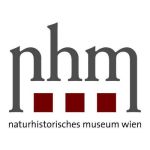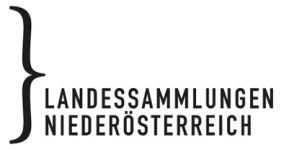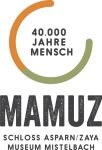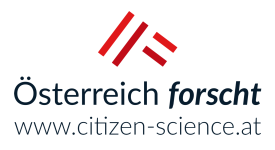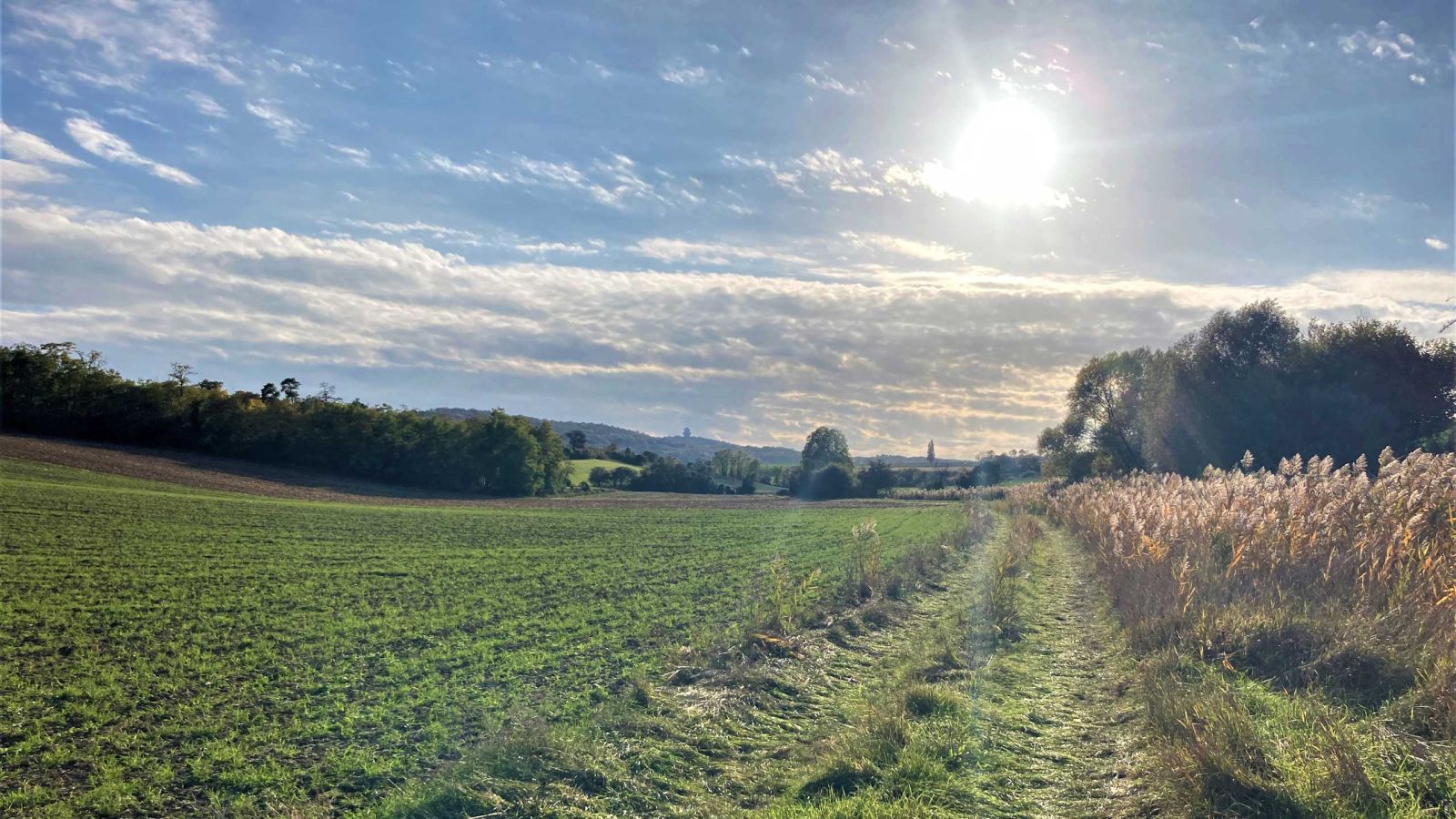
Zwentendorf
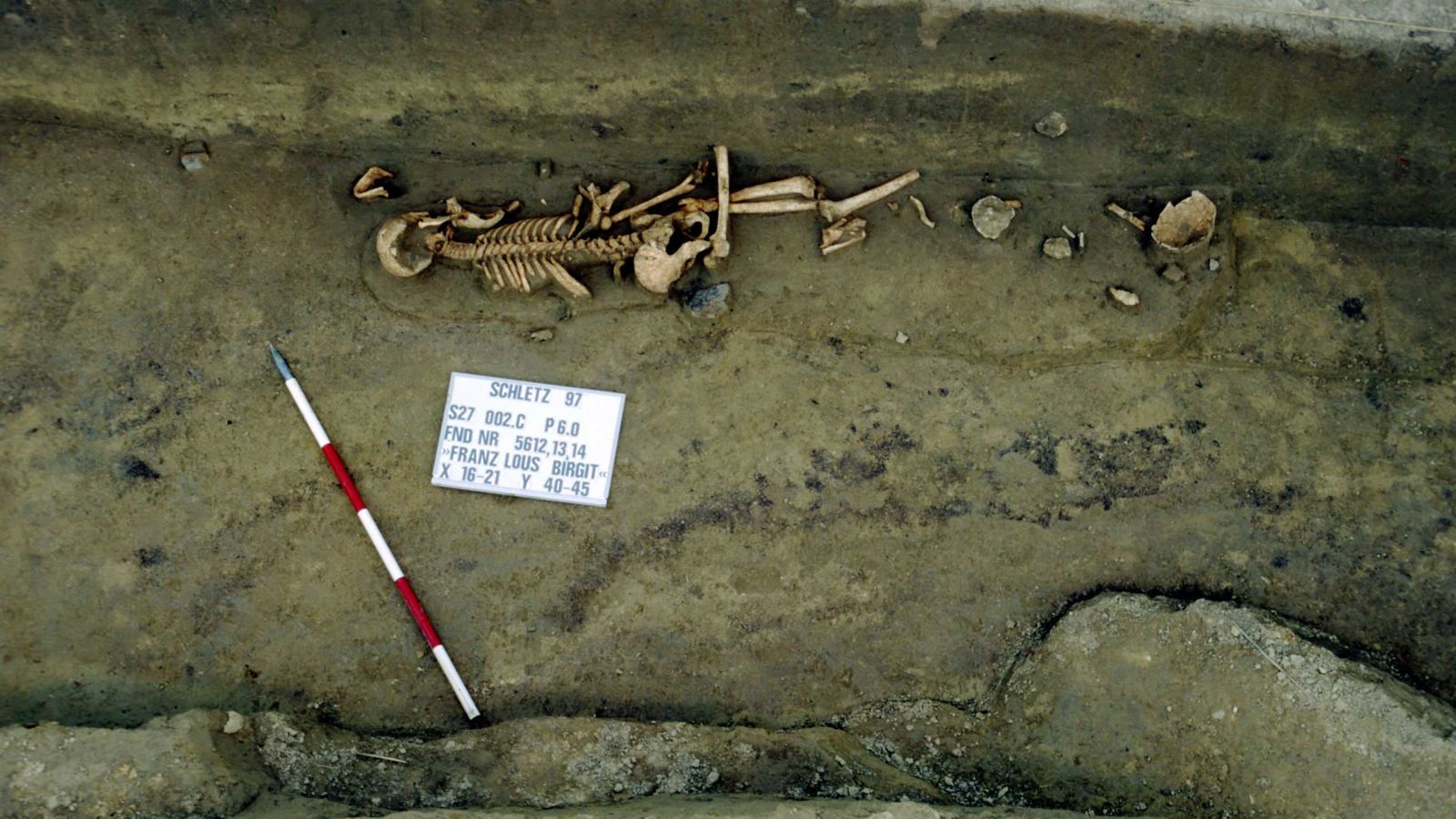
Asparn/Schletz
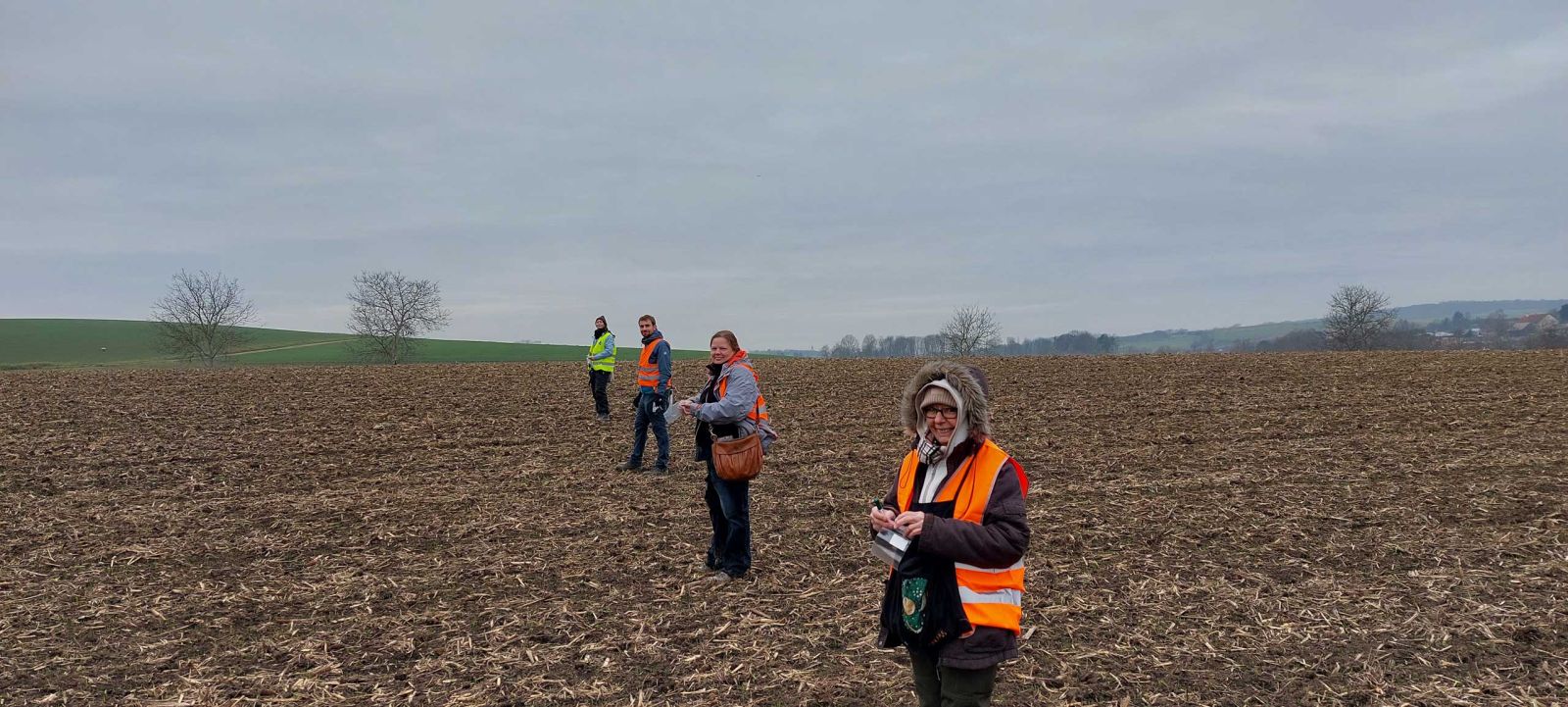
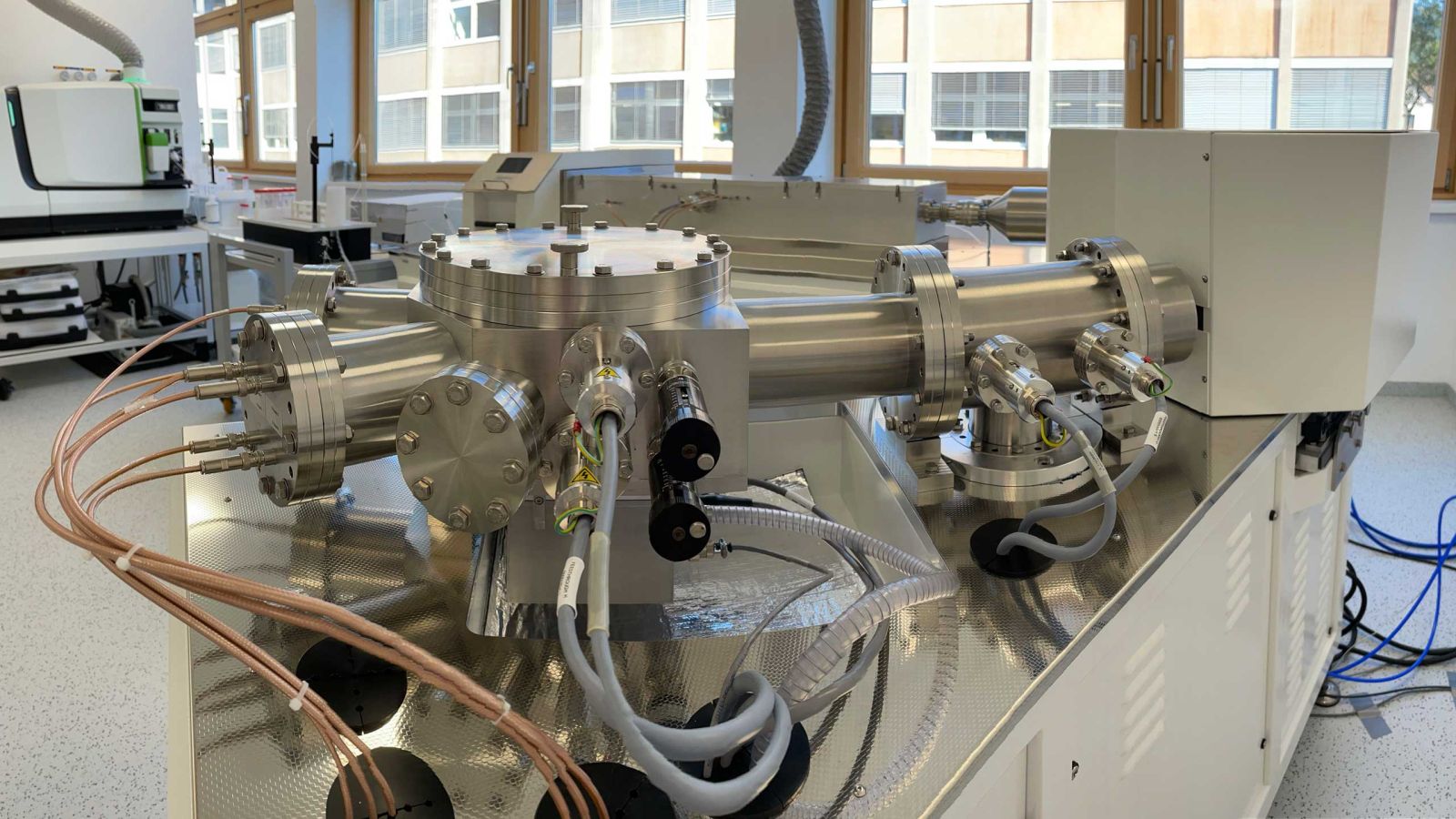
Chair for General and Analytical Chemistry
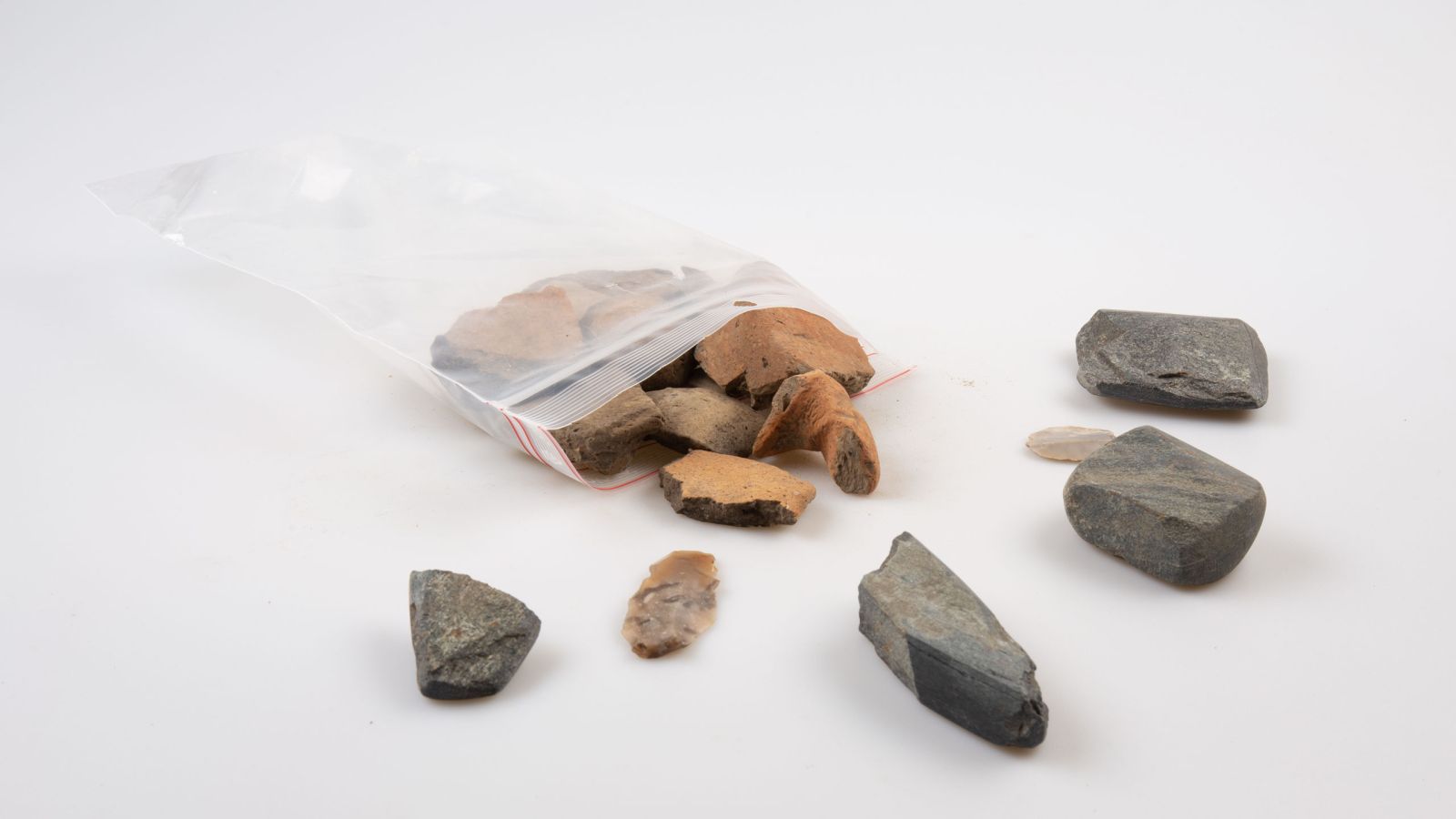
Zwentendorf-Hofwiese
The project aims to explore the surroundings of the famous Neolithic settlement of Asparn/Schletz (Lower Austria). Numerous human remains suggest a violent attack on this site in the Late Linear Pottery Culture, approx. 7.000 years ago. Due to its size and earthworks, we assume that Schletz was the central site of a cluster of smaller settlements in surrounding region. By researching these settlements, we hope, among other things, to increase our knowledge on the background of the massacre and on the origin of the people who died in Schletz.
In the project, we are searching for Neolithic finds (pottery, stone tools, etc.) at known or suspected sites near Asparn/Schletz together with interested people and collectors. During our surveys, we go over the fields at regular intervals and map the finds that we discover. Later on, we clean them together und create a scientific documentation and evaluation. Here you can find further information on how you can participate as a Citizen Scientist.
In another part of the project, local middle school students extract and process soil samples from the area of the LPC sites to create an isoscape (= isotope landscape). Through a comparison with Sr isotope ratios of the human remains, this will allow a discussion of whether the people that died in the massacre might have grown up locally or not.
-
Localization, dating and classification of early Neolithic sites in the vicinity of the LPC central site of Asparn/Schletz
-
Determination of the bioavailable Sr isotope signals of the central site and the surrounding area
-
Determination of the possible provenance and proportion of non-local individuals in the Schletz find ensemble
-
Gaining knowledge on the social organization and development of the early Neolithic settlement cluster of Asparn/Schletz and its society
-
Assessment of working hypotheses on the context of the Asparn/Schletz massacre, also as a case study for theoretical models on the development of societies and the supposed “crisis situation” in the late LPC discussed by researchers
-
Enhancing students' motivation and confidence in Science & STEM
-
Promoting public interest in archaeology & knowledge sharing through active participation of members of the general public & collectors
-
Systematic archaeological surveys (“line walking”)
-
GIS modelling, research in literature, archaeological archives & find depots
-
Statistical evaluation and dating of finds (typochronology, 14C, etc.)
-
Determination of Sr-isotope ratios of human remains and soil samples (mass spectrometry - MC-ICP-MS)
-
Bioanthropological studies on human remains
Project abstract
The Linear Pottery culture (LPC) settlement of Schletz, Lower Austria (5400–5000 BC), which was fortified with a double oval and an adjoining trapezoidal ditch, was partially excavated between 1983 and 2005. The site attracted international attention primarily because of the human remains recovered from ditch II: Their atypical location (the dead were not buried), injuries and perimortem changes (e.g., animal gnawing) suggest a violent attack on the settlement around 5000 BC. Since more recent LPC settlement traces are lacking, the settlement may have been abandoned after this event. First results of a molecular genetic analysis seem to indicate an unexpectedly small number of kinships. Therefore, the question arises as to the origin of the dead: They had died together, but had they also lived together?
To elucidate on their possible region(s) of origin, the Sr isotope ratio (87Sr/86Sr) will be assessed in tooth enamel and dentine and compared to the isotope landscape (isoscape) of the local bioavailable Sr signatures of the surrounding area. Based on its extent, its spectrum of finds, its duration of occupation and its earthworks, Schletz can be addressed as a central site, which must have been surrounded by a cluster of smaller settlements. However, this cluster is completely unexplored. The project aims to look beyond the site of Schletz. We assume that knowledge of the surrounding settlements, their structure and development, is crucial for understanding the social development that led to the violent events on the central site, especially since the final massacre was probably only the end point of a longer development. Together with archaeologists, citizen scientists will survey individual sites known from find reports or suspected because of landscape features. They will recover and document the finds. Local middle school students will extract and process soil samples from the area of the LPC sites to create an isoscape mapping of Sr isotope ratios. This procedure is a prerequisite for determining the origin of the individuals recovered from the Schletz settlement, which, according to our hypothesis, could include a high proportion of non-local inhabitants from the settlement cluster or regions beyond. We expect to be able to estimate the extent of the violent conflict and its effects – which may not have been limited to Schletz alone; we also expect to increase knowledge on the economic and social structure of an early Neolithic society based on a broad data base.
Project Members
Contact
Postal address:
Landessammlungen Niederösterreich
Schloss Asparn/Zaya, Schlossgasse 1
A-2151 Asparn/Zaya












